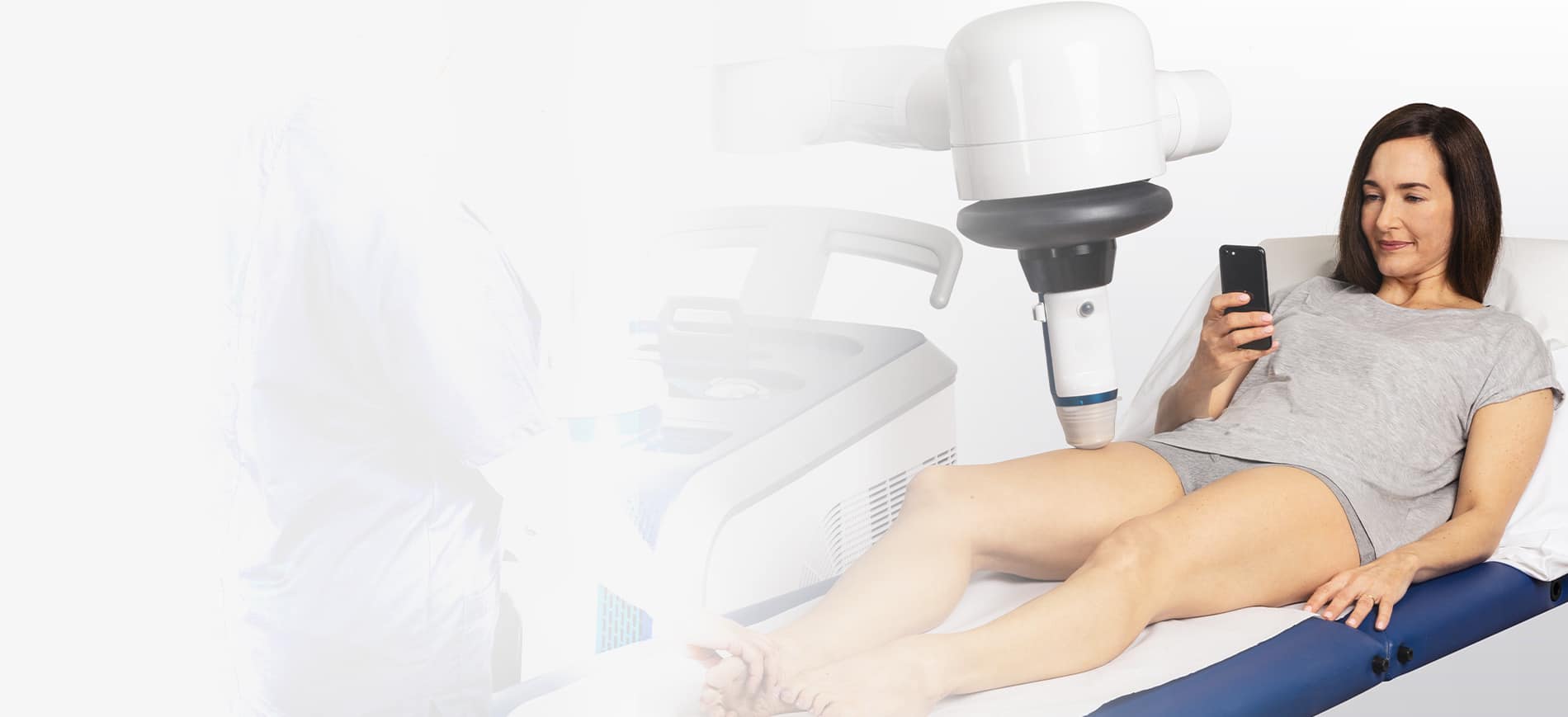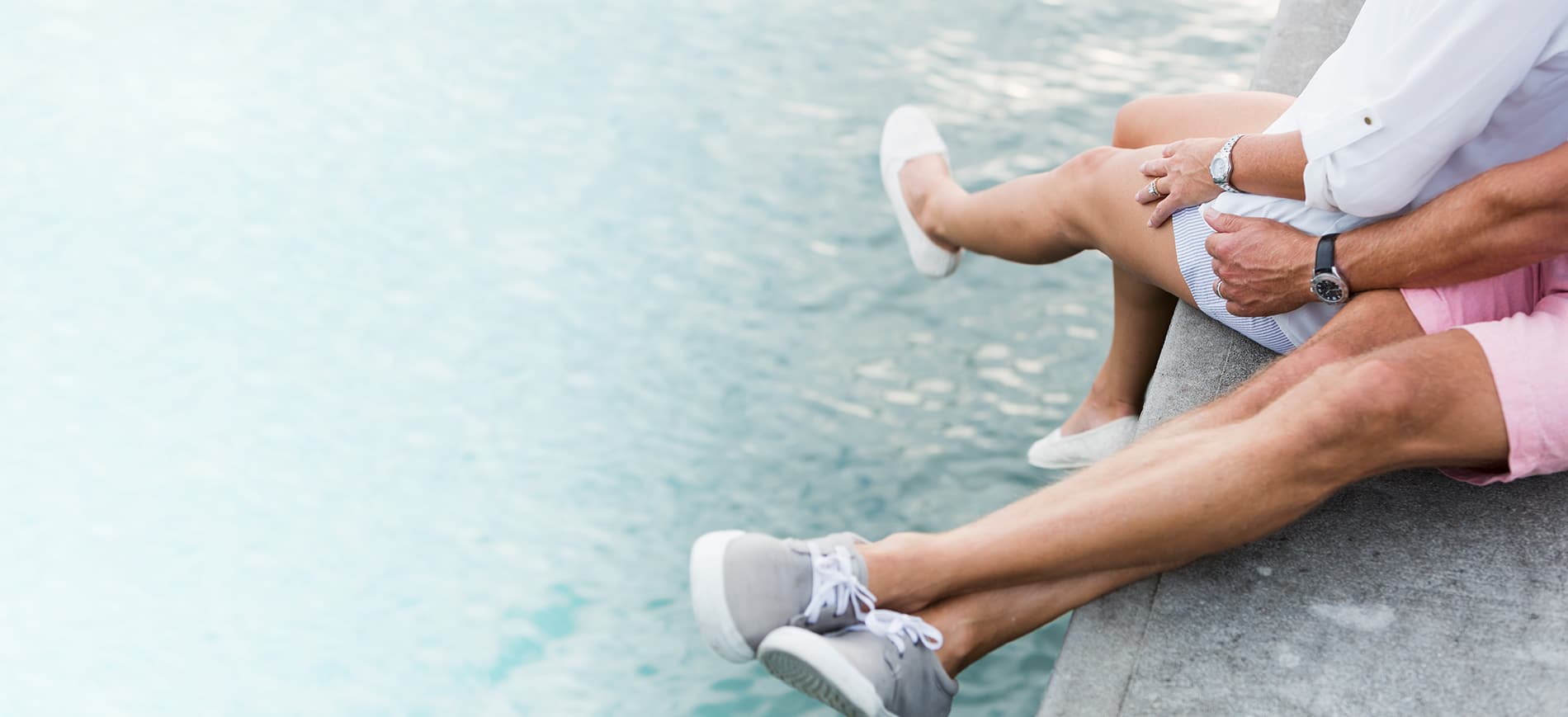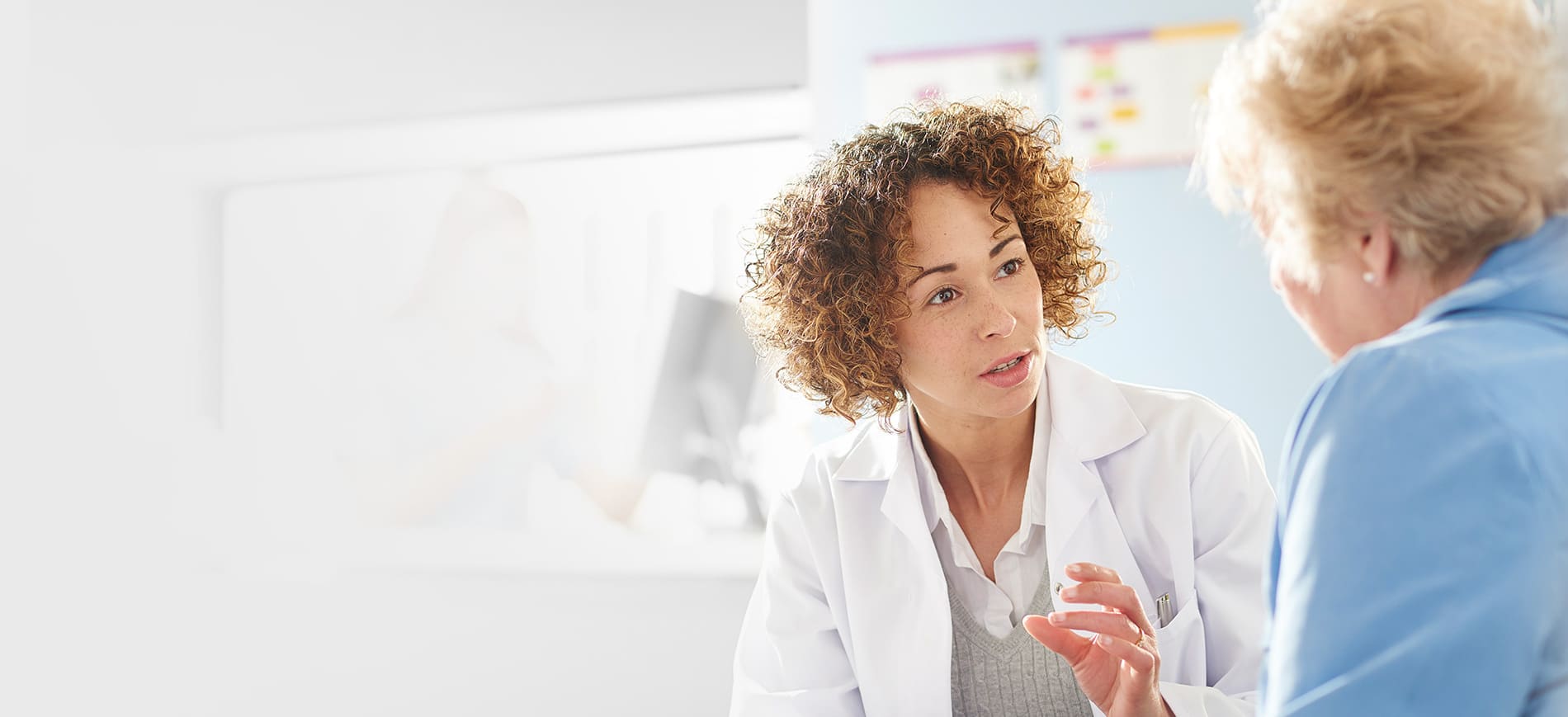Often considered, wrongly, as a minor health problem, varicose veins can cause various complications.
Venous thrombosis, or phlebitis, occurs when a blood clot forms in a vein. If not treated in time, it can degrade the vein and its valve system that ensures venous drainage, and subsequently develop into post-phlebitic venous disease or pulmonary embolism.
What is interesting is that an English study even shows that the risk of developing a deep vein thrombosis of the lower limbs is 5.3 times higher when one has varicose veins.
#1 : Aggravation of symptoms
With time, the number of varicose veins increases, making symptoms more frequent and painful. Pain, cramps, tingling and burning will start to appear without any prevention or treatment. This is compounded by heavy legs, swelling and oedema.
#2: Skin problems
More significant problems are those related to the skin. We can mention :
- Varicose eczema. This is a formation of skin lesions, in patches or sheets, on the path of the varicose veins. These lesions have several characteristics: a reddish to dark brown colour, variable size and unclear boundaries. In the affected area, the skin tends to flake and lose its elasticity. Sometimes small blisters of skin may also appear.
- Ochre dermatitis. This is a brown discolouration of the skin, usually on the inside of the legs or sometimes around them. It can appear after several years of the evolution of the venous disease due to a stasis of venous blood in the ankles and legs.
- Varicose ulcer. This is characterised by a loss of substance, forming a crater on the skin. The wound usually oozes and fails to heal due to poor blood circulation. A shock, trauma or intensive scratching of a varicose area is enough to cause a wound to form. The varicose ulcer usually appears classically on the lower part of the leg, in front of it, rarely on the sides.
#3: Varicose vein rupture
Varicose veins are dilated veins with a weakened wall. Complications can ultimately rupture these weakened veins.
- Internal rupture: the varicose vein ruptures due to a shearing effect, potentially caused by physical effort
- External rupture: the varicose vein may rupture as a result of minor trauma, which may lead to haemorrhage. The latter can be spectacular but is easy to stop by compression and elevation of the lower limb.
It should be noted that all varicose veins are susceptible to rupture. However, varicose veins in the legs are the most concerned by this risk because they bear a lot of pressure and can be attacked from the outside.
#4: The risk of phlebitis
The risk of phlebitis or clots is a serious complication of varicose veins. As the varicose vein worsens, spots may appear on the skin, due to the iron in the blood. These spots may indicate the formation of a varicose ulcer, a rupture or phlebitis.
Phlebitis is a blood clot that forms inside the veins. There are two types of phlebitis :
- Superficial. This is called paraphlebitis. These form in the superficial blood vessels but are unlikely to cause serious complications.
- Deep. These form in the important deep veins. They can become complicated and lead to the migration of blood clots such as to the pulmonary arteries. This is called a pulmonary embolism.
-What you should know-
Venous insufficiency is a frequent pathology due to an affection of the venous system which causes an accumulation of blood in the lower limbs.
The symptoms are easily identifiable:
- Recurrent feeling of heavy legs
- Swelling of the calves or ankles
- Appearance of varicose veins
If left untreated, venous insufficiency can lead to more or less serious complications on the skin but also on the deep venous system.
There are several solutions that can be used to remedy this condition and reduce its symptoms:
- A healthier lifestyle
- Wearing compression garments
- Food supplements
- Care in the form of fresh gels





